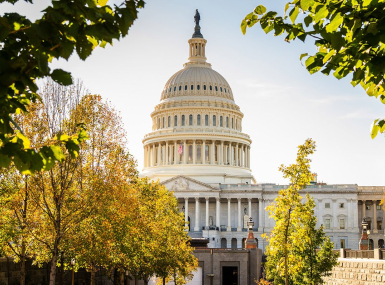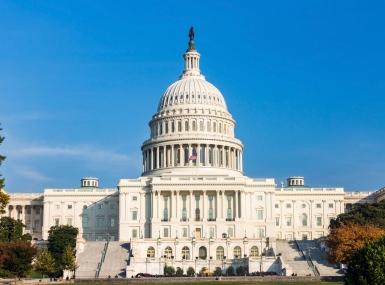Treasury releases Local Assistance and Tribal Consistency Fund payments to eligible consolidated city-county governments
Author

Owen Hart
Upcoming Events
Related News

Key Takeaways
On February 21, the U.S. Department of Treasury (Treasury) launched the Local Assistance and Tribal Consistency Fund (LATCF) for eligible city-county governments. The LATCF provides $10.5 million distributed in two equal payments of $5.3 million for FYs 2023 and 2024 to “eligible revenue sharing consolidated governments” under the American Rescue Plan Act (ARPA). This investment in consolidated governments follows the historic allocation of $1.5 billion in LATCF payments to 2,084 eligible counties.
Treasury has published a summary of the methodology used to determine eligibility and allocations for both eligible revenue sharing counties and eligible revenue sharing consolidated governments on its website. A list of all consolidated governments eligible for LATCF payments can be found below:
State | Recipient Name | FY23 Allocation | FY24 Allocation |
|---|---|---|---|
Alaska | Anchorage Municipality | $226,658.63 | $226,658.63 |
Alaska | Juneau City and Borough | $1,321,492.80 | $1,321,492.80 |
Alaska | Sitka City and Borough | $1,436,921.81 | $1,436,921.81 |
Alaska | Wrangell City and Borough | $616,500.00 | $616,500.00 |
California | San Francisco County | $50,000.00 | $50,000.00 |
Florida | Duval County | $50,000.00 | $50,000.00 |
Georgia | Bibb County | $50,000.00 | $50,000.00 |
Georgia | Chattahoochee County | $50,000.00 | $50,000.00 |
Georgia | Quitman County | $50,000.00 | $50,000.00 |
Georgia | Richmond County | $50,000.00 | $50,000.00 |
Kentucky | Jefferson County | $50,000.00 | $50,000.00 |
Louisiana | Orleans Parish | $95,765.18 | $95,765.18 |
Montana | Deer Lodge County | $511,476.11 | $511,476.11 |
Montana | Silver Bow County | $554,785.39 | $554,785.39 |
Pennsylvania | Philadelphia County | $50,000.00 | $50,000.00 |
Tennessee | Davidson County | $50,000.00 | $50,000.00 |
Tennessee | Trousdale County | $50,000.00 | $50,000.00 |
Treasury’s online portal provides application instructions and information on specific funding levels for each eligible consolidated government. It will take approximately four to five business days for Treasury to review and process payment applications. Each recipient’s designated point of contact will receive further information on the timing and amount of the first payment.
Eligible revenue sharing consolidated governments must certify their payments by March 15, 2023 at 11:59 PM AKDT. The first payment will be available immediately and will be made to eligible recipients on a rolling basis. Treasury expects to make the second payment in calendar year 2023.
Under this program, recipients have broad discretion on how funds are utilized, similar to how they may use funds generated from their own revenue sources. Recipients can review the LATCF Eligibility and Allocation Methodology for County and Consolidated Governments to learn more about eligibility for the program and Treasury’s allocation methodology and the LATCF guidance to learn more about eligible uses and other important information related to the fund.
Attachments
Related News

U.S. Congress releases minibus funding package
U.S. House and Senate appropriators introduced a “minibus” appropriations package containing Fiscal Year (FY) 2025 Interior-Environment, Commerce-Justice-Science and Energy-Water spending bills.

U.S. House of Representatives passes SPEED Act and other permitting reform bills
On December 18, the U.S. House of Representatives passed the SPEED Act (H.R. 4776). The SPEED Act would strengthen county involvement in decision-making and make needed commonsense reforms to the federal environmental review process.

House Natural Resources Committee advances the Endangered Species Act Amendments Act of 2025
On December 17, the House Natural Resources Committee advanced the Endangered Species Act (ESA) Amendments Act of 2025 (H.R. 1897). The version passed by the committee adopted several changes from the initial bill and would address key county concerns by improving the implementation of the ESA. The legislation now awaits a floor vote before the whole U.S. House of Representatives.
